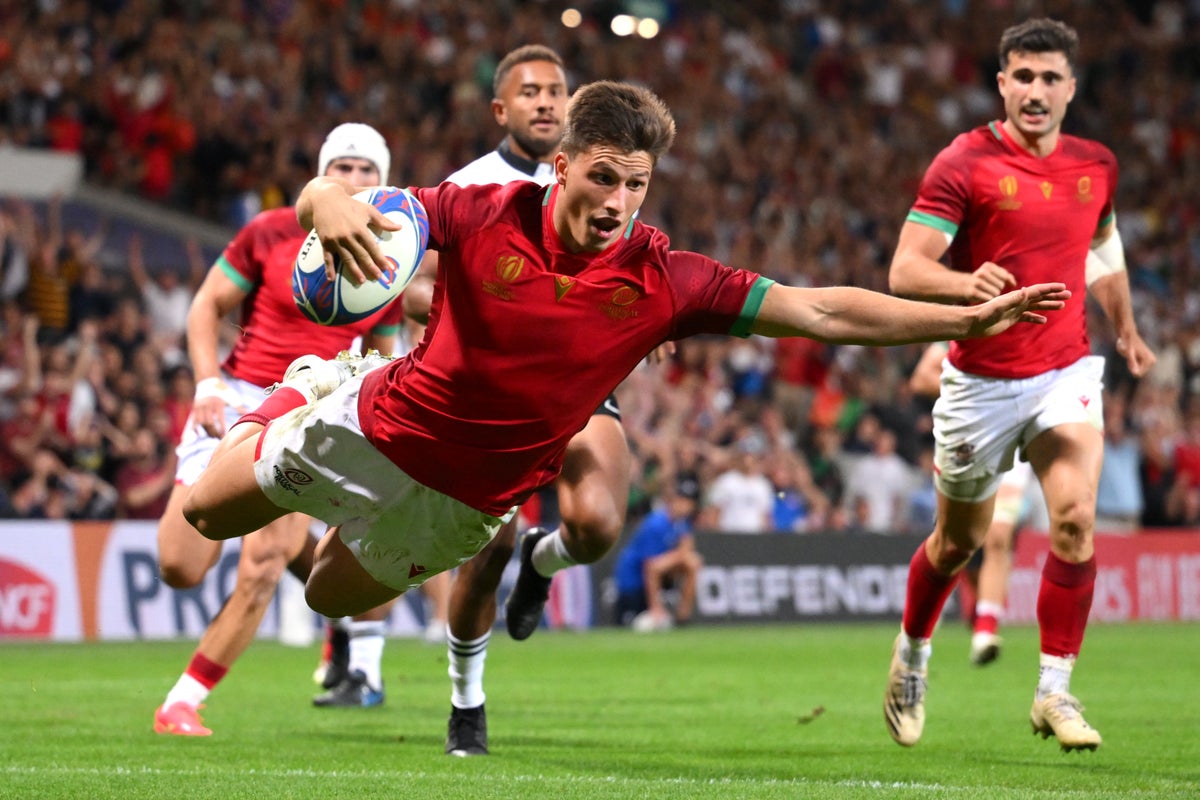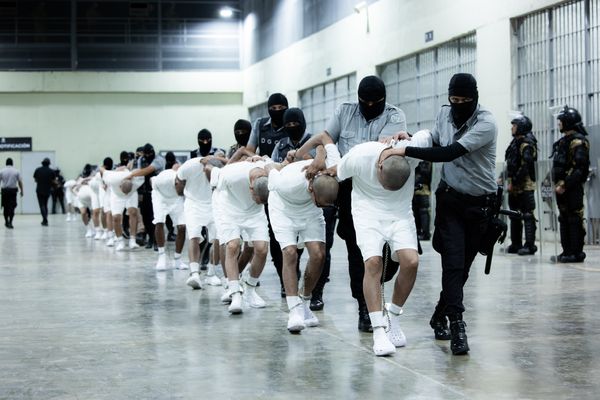
“It is really, truly, a historic day,” smiled Alan Gilpin, CEO of World Rugby. He would go on to use the word ‘historic’ another three or four times in the following few minutes of his press conference.
After years of wrangling – 16 years, according to Gilpin, since discussions about how to sort out rugby’s messy global calendar first took place in the salubrious surroundings of Woking, Surrey (don’t worry, the location wasn’t the reason it took more than a decade and a half to reach an agreement, a chuckling Gilpin assured everyone) – World Rugby had finally come up with a solution that will transform rugby “for the many, not the few” ushering in a “new era of opportunity, certainty and growth for the game.”
It’s fair to say they were pretty pleased with the outcome of the seemingly endless negotiations. Compromises had been made and it wasn’t perfect, stressed Gilpin and World Rugby chairman Bill Beaumont, but rugby would be “more relevant and more accessible to more people around the world.”
The big announcement earlier in the day saw the sport’s governing body unveil a new global calendar that includes the creation of a two-tier men’s competition called the Nations Championship to be played biennially from 2026.
The top tier will be the Six Nations (England, France, Ireland, Italy, Scotland, Wales), the four Rugby Championship teams (Argentina, Australia, New Zealand and South Africa) and two additional teams, likely to be Japan and Fiji. The second tier will feature 12 further countries with promotion and relegation on the table from 2030, meaning 2032 is the earliest one of those teams could feature in the top tier.
World Rugby have acknowledged, publicly at least, a desire to grow rugby globally. At the moment, the sport is almost untouchably huge in a couple of countries (think New Zealand and South Africa), holds its own in a few more (UK, Ireland, Japan), is fighting a losing battle for oxygen in a crowded sporting marketplace in others (Australia, Italy) and seen as a largely niche oddity in plenty (USA, Canada).
But this Rugby World Cup has also highlighted plenty of countries where there’s a huge opportunity for growth. From South America, Uruguay and debutants Chile have impressed on the pitch, the passion for rugby in Georgia shows no sign of abating and Portugal have lit up the tournament with their dynamic play while also pulling off the huge upset of beating Fiji. With growing interest in places like Netherlands and Belgium, Europe is surely an area World Rugby are targeting growth.
Portugal celebrated a historic win over Fiji— (Getty Images)
Instead, these new plans appear to lock out a lot of the smaller rugby nations from improving. Even the new Pacific Nations Cup also announced today, featuring Canada, Fiji, Japan, Samoa, Tonga and USA, bizarrely excludes Uruguay and Chile (who qualified ahead of USA and Canada for the World Cup, remember).
But what all these “tier two” nations really need, as shown by the World Cup, is a more regular opportunity to face the big boys. Since stunning Fiji at the 2019 World Cup, Uruguay played exactly one fixture against a “tier one” team before this tournament, yet still impressed against France and Italy in the pool stage. Imagine what they could do with more regular access to the top teams.
However, World Rugby have come up with an answer to the wrong question. They have essentially provided the solution to the problem men’s international football had.
Before 2018, the space between World Cups and European Championships was filled by a combination of largely one-sided qualifiers and meaningless friendlies. San Marino would get thumped 8-0 by Germany in a Euros qualifier that helped neither side, then the Germans would play a no-stakes friendly that held little interest for the wider public. The big teams weren’t playing each other enough and the smaller nations were rarely in winnable games against similarly-sized teams. For example, England and Italy – two football powerhouses – didn’t play each other at all between 2002 and 2012.
Thus, Uefa created the Nations League. Although not perfect – it was derided for the complexity of its league structure and provided a slightly unnecessary additional security blanket for the big European nations trying to qualify for major tournaments – it eliminated the meaningless friendly and gave countries both big and small the opportunity to play competitive games against nations of a similar rank. Win-win.
Uruguay showed their quality during the Rugby World Cup— (AP)
But rugby has the opposite problem to football. The big teams already play each other too often not too rarely. The history of the Six Nations and Rugby Championship as annual traditions give those events special status but, for example, England and Australia played each other 11 times in the two cycles between the 2015 and 2023 World Cups. Familiarity breeds contempt and at some point, a fixture begins to lose its lustre. Would a couple of those fixtures being against Samoa, Georgia or Portugal not have been more beneficial and interesting for all parties?
With the unions desperate to balance the books, their desire to have the ‘bigger draw’ of facing a name brand might be understandable but this is where World Rugby need to show some teeth and live up to their duty to grow the game. Instead, the Nations Championship appears to guarantee another decade of regular England vs Australia matches before any of the tier-two teams may get a shot, if they can earn promotion that is.
World Rugby’s announcement does include a line promising more “crossover” fixtures between the tiers in the years where there isn’t a Nations Championship but they could provide no clarity on what these fixtures would be and confirmed no agreements have been signed. They have insisted that there will be a 50 per cent aggregate increase, which would mean a rise from 18 to 27 games for second-tier teams against the top 12, although it is unclear how these fixtures will be allocated or arranged.
The expansion of the men’s Rugby World Cup from 20 to 24 teams is a step in the right direction and the governing body should be commended for making that move but, sadly, the four years between tournaments appear to have the smaller nations getting a door slammed in their face.
World Rugby are right that the sport should be for the many not the few but this new competition seems to be sending it in the opposite direction.







